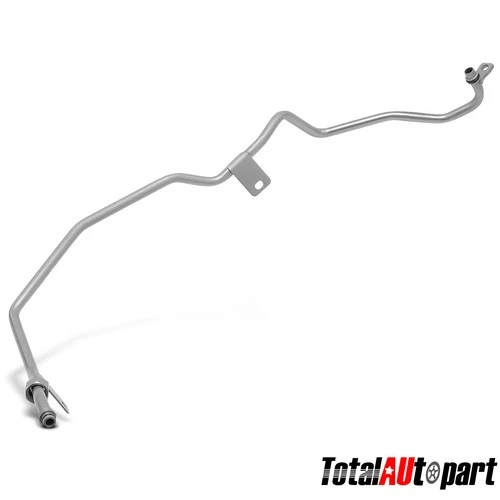Automatic Transmission Cooler
Automatic Transmission Cooler Guide
When it comes to protecting your vehicle's transmission from premature wear and failure, few components are as crucial as the transmission cooler. While searching for quality auto parts, understanding the vital role of this component in your vehicle's automatic transmission system can help prevent costly repairs. Working in conjunction with your vehicle's radiator system, the transmission cooler helps maintain optimal operating temperatures, especially during demanding conditions like towing or stop-and-go traffic. Modern transmission coolers come in two main types: air-to-oil coolers, which use passing air for cooling, and liquid-to-liquid coolers, which integrate with the engine's cooling system. The latter type is typically more efficient and is commonly found in vehicles designed for heavy-duty use. These units work by circulating transmission fluid through a series of tubes or plates, where heat is exchanged with either the passing air or engine coolant, depending on the design. Advanced models often incorporate thermostatic controls to maintain optimal fluid temperatures. Common issues with transmission coolers include leaks at connection points, internal blockages from contaminated fluid, and physical damage from road debris. Warning signs often start subtly - slightly elevated transmission temperatures, delayed shifting, or transmission fluid that darkens more quickly than usual. In severe cases, inadequate cooling can lead to transmission slippage, harsh shifting, or complete transmission failure. Regular inspection of cooler lines, mounting points, and fluid condition helps prevent these issues. When selecting a replacement transmission cooler, several factors are crucial. The cooler's heat dissipation capacity must match or exceed your vehicle's requirements, especially if you frequently tow or carry heavy loads. Proper installation is critical - correct mounting location ensures optimal airflow, while proper line connections prevent leaks. For vehicles with integrated transmission cooling systems, maintaining the engine's cooling system is equally important, as these systems work together to manage overall drivetrain temperatures.

